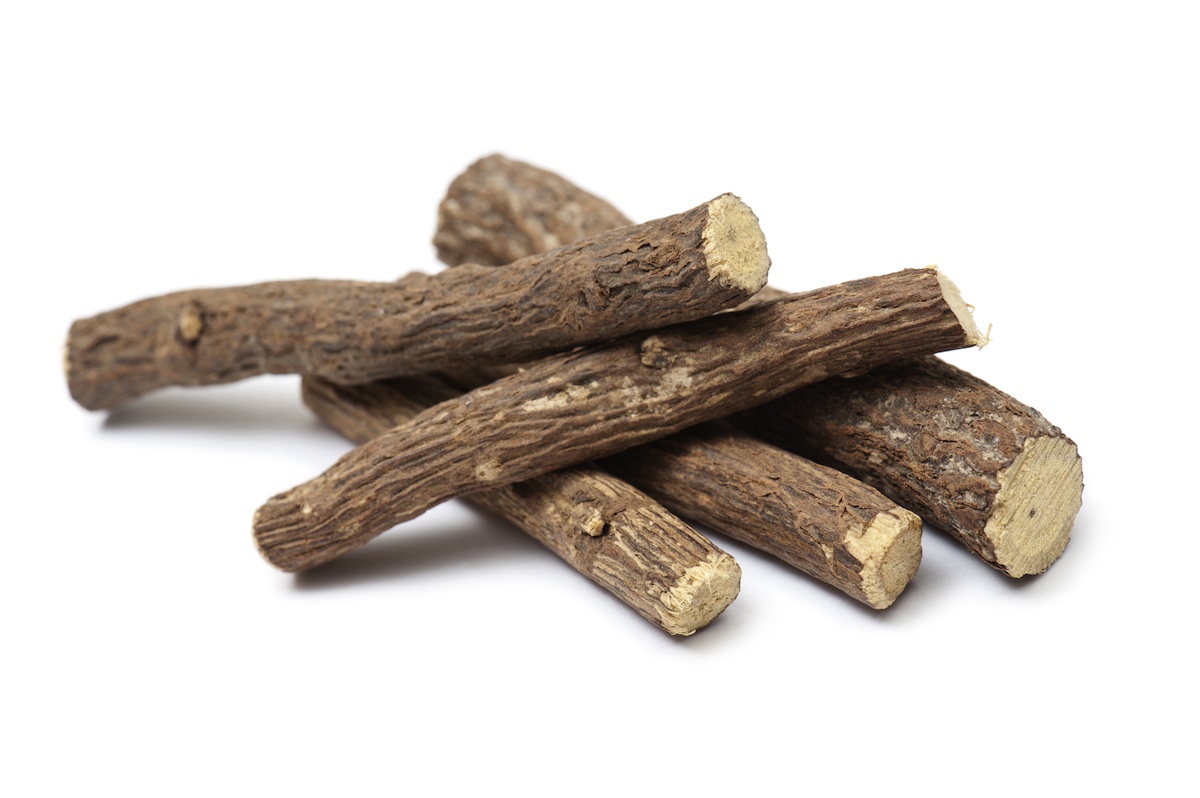Cultivate liquorice in this way, there will be better yield

Mulethi is known by many names in different regions like Mulethi, Yashtimadhu, Madhuyashti, Amitmadhuram, Jashtimadhu, etc. Due to many medicinal properties, Ayurvedic and allopathic medicines are prepared from it. Along with this, it is also used in many cosmetics. Due to the increase in the demand for Ayurvedic products in the last few years, the demand for liquorice has also increased tremendously. Its cultivation can definitely prove to be a profitable deal for the farmers. Let us get some important information related to the cultivation of liquorice.
identification of liquorice plants
-
Liquorice plants look like bushes.
-
The plants have pink and purple flowers.
-
Its fruits are long and flat.
-
Many small connections emerge from its root root.
Suitable soil and climate for its cultivation
-
Liquorice can be successfully cultivated in almost all regions of India.
-
For better yield, it should be cultivated in fertile and sandy soil rich in organic matter.
-
The pH level of the soil should be between 6 and 8.2.
-
It can be cultivated in warm and temperate climates.
-
Summer season is suitable for the growth of plants.
Seed quantity and seed selection
-
100 to 125 kg roots of liquorice are required for cultivation per acre of land.
-
Select roots about 7 to 9 inches in length for transplanting.
-
The roots should have about 3 to 4 eyes.
farm preparation method
-
First of all, plow the field 1 time deep with a soil turning plow. This will destroy the weeds and crop residues already present in the field.
-
After this 2 to 3 times slant plowing by cultivator.
-
Before the last tillage, add 10 to 12 tonnes of well decomposed cow dung per acre of field.
-
After plowing, plow the field by running water.
-
After plowing, when the top layer of the land becomes slightly dry, do one plowing in the field and apply pata. This will make the soil friable and flat.
-
Make proper drainage system in the field.
printing method
-
Roots should be planted in a row.
-
Keep a distance of 90 cm between all the rows.
-
The distance between the plants should be 45 cm.
-
At the time of transplanting, 3 part of the roots should be under the ground and 1 part should be above the ground surface.
Irrigation and Weed Control
-
Apply light irrigation immediately after transplanting the roots.
-
Irrigate at regular intervals to maintain moisture in the field till the plants germinate.
-
Irrigation should be done once in a month in cold weather after the plants germinate.
-
Irrigate at intervals of 10 to 15 days during summer season.
-
Irrigation is not required when it rains.
-
To control weeds, weeding should be done 2-3 times as per requirement.
digging of plants
-
Plants are ready for digging after 3 years of transplanting.
-
Dig about 2 to 2.5 feet deep.
-
After digging, clean the roots thoroughly and dry them in bright sunlight for a few days.
crop yields
-
The yield of roots is about 30 to 35 quintals per acre of field cultivated.
Read also:
-
Get information related to the cultivation of khus from here.
We hope this information will prove to be important for you. If you liked this information, then like our post and also share it with other farmers. So that other farmer friends can also get more profit by cultivating liquorice. Ask us your questions related to this through comments. Stay connected with the countryside for more information related to animal husbandry and agriculture.
Please login to continue

Get free advice from a crop doctor
